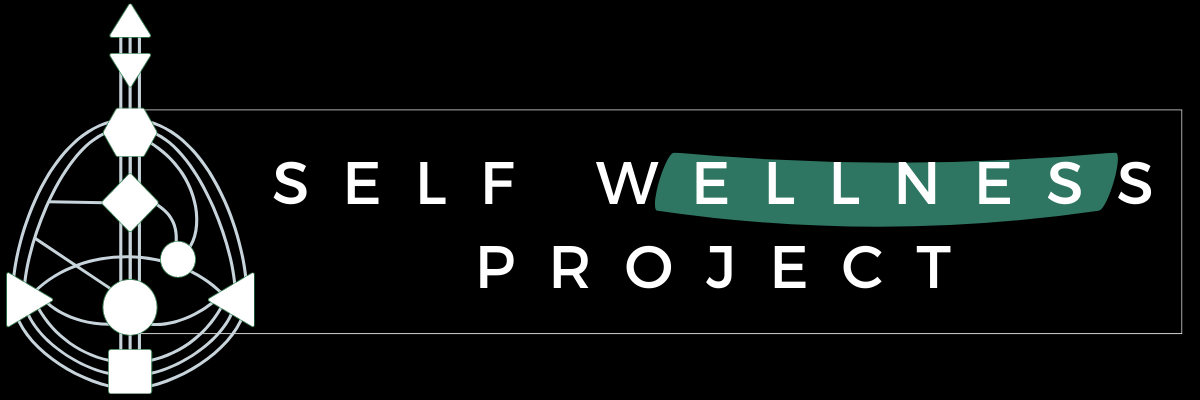Motivation & Productivity
Are You Type A or B? This is Why We Fail Our Goals
There is an *overload* of positive, buzz energy every time we change year. Clean state! New you! Let’s commit! But then you don’t, year after year….
There are a couple of theories. One is that it’s not really the ‘New Year’ depending on which calendar you use. In many belief systems, this time of year is about reflection, reassessment, releasing, and getting ready for growth. This is why many people may not feel starter energy right now.
But it really doesn’t matter.
As unique as each of DNA is, our goal-setting and accomplishment abilities vary from person to person. What works for one person, will not necessarily work for you. It must be adapted to your unique system.
Regardless of the time of year, the biggest question will always be about you: how do you individually best set goals, so you can actually achieve them? At which stage in life are you? Are you in a rest or growth stage?
This is useful for those who are feeling overwhelmed by this excess achievement energy. When resolutions and goal-setting are always a struggle, we need to look at which methods aren’t working for you.
Are You Type A or Type B?
There are two extremes in how people achieve their goals:
- Type A: The people who plan out every detail, desire, and timing, then easily meet those expectations.
- Type B: The people who wing it and work it out as they go along; they constantly stay on track for the goals in the moment.
Most people are somewhere in between these two extremes.
A Type A person needs structure and lists to follow. If they are not focused, consistent, or disciplined in what they do, they struggle to organize their mind or meet any type of expectation.
Type B fails miserably in Type A’s world.
Type B struggles to meet strict goals, stick to schedules, or discipline themself. They spend so much energy fighting and forcing themself, they run out of steam to complete their goals. Then they waste mental energy beating themself up for failing.
Type B needs loose goals. They need to ask themself throughout the day what they have the energy and interest for. They will notice they still achieve the things they needed or wanted to do, even though they didn’t strictly think or plan it out.
The key is to find how much Flexible Planning versus Structured Planning you need (ie. 30% planning and 70% flexibility). The key is to experiment with different routines and find your percentage of structure, discipline, and planning (Type A) versus flow, flexibility, and spontaneous reaction (Type B).
For example, which one makes you shudder? ‘I will work out at 8am each morning’ or ‘I will wake up at 6.30am each day’ (Type A) vs. ‘I will work out three times this week’ and ‘I will try to improve waking up earlier’ (Type B).
Are You Left or Right Arrows?
If you’ve been struggling to find motivation or feel productive, look for clues in your human design chart. For example, Type A people have all left arrows in their chart, while Type B people have all right arrows (and most people have a combination).
Which way do your arrows point?
If you don’t know what I’m talking about, check this free workshop (page 20 onward). These are also some topics covered in a personalized reading.
So, before you scramble to write your resolutions, let’s start with the basics of understanding your unique goal-setting style so you can succeed, instead of constantly failing to meet your own goals.
Next we will focus on goals and resolutions.
